Gelcoat from moulds: faithful reproductions
Mould gelcoats: useful for moulding or making moulds
When we talk about gelcoat from moulds, we refer to a resin-based compound, to which pigments have been added that determine its colour, various inert charges and finally agents that can give the necessary thixotropy, that is, the possibility of allowing the application of different layers of paint in thicknesses that are also important, in the vertical walls of the mould.
This type of gelcoat is divided into two categories.
The first is the moulding gelcoat, ideal for getting the pieces. It is applied directly inside the mould, which must necessarily be pre-treated with materials that simplify the detachment of the moulded part after the gelcoat has hardened.
The second is the gel coat used for the production of a mould. It is applied on the model to be produced, it must also be previously treated with a release agent.
The importance and usefulness of moulds gelcoats
Generally speaking, we can state that the gelcoat has the function of creating a compact and smooth external coating for different types of products. This outer surface layer must be able to protect an object from atmospheric, chemical and ultraviolet radiation. In addition, the peculiarity of this compound is that it prevents water absorption inside the fibres of the material as well as deterioration due to aggressive saponification.
These features are complemented by an undoubtedly aesthetic function. The fibers of multiple raw materials can incorporate bubbles or pores, which are cancelled out by gelcoat that makes all surfaces aesthetically perfect during the moulding process or the making of moulds: during the layering process, in fact, the gelcoat binds to the raw material of which the product is made by composing a single and solid piece and preventing the formation of air bubbles.
The use of gelcoat from moulds is indispensable for the production of a mould that is adequately resistant, and the result is a product already provided with a perfect external finish that will allow a long production cycle to be carried out on the mould.
The different types of gelcoats from moulds
The gelcoats are available in different qualities and are intended for use in different areas.
For example, for moulding, polyester gelcoats are distinguished in orthophthalic or isophthalic, either by spraying or by brush. The former are usually used to make machine parts or parts for industry, while the latter are selected for the nautical sector or for the production of objects to be subjected to heavy stress.
The creation of moulds, on the other hand, is usually entrusted to the use of gelcoat based on isophthalic or vinyl ester resins.
The isophthalic gelcoats have inert fillers inside them to make the surface of the mold harder and to ensure the absence of micropores.
The fillers of gelcoat vinylester for moulds, on the other hand, may contain glass beads. They are small filled balls that add mechanical strength to the compound, as well as greater hardness. Regardless of the gelcoat selected, the result guaranteed by Polynt is the same: the excellence of the mould or moulding process of any kind of product.
